Wool
Wool is a natural fiber that comes from the fleece of sheep, goats, and other animals. It is known for its warmth, softness, and durability, making it a popular material for clothing and textiles.
Properties of Wool
Wool has several unique properties that make it a desirable material:
- Insulation: Wool fibers have natural crimp, which creates air pockets that provide excellent insulation, keeping the body warm in cold conditions.
- Moisture-wicking: Wool can absorb moisture vapor and wick it away from the body, helping to regulate body temperature and keep the wearer dry.
- Elasticity: Wool fibers can be stretched and flexed without losing their shape, making wool garments comfortable and long-lasting.
- Fire resistance: Wool is naturally flame-retardant and does not readily ignite, making it a safe choice for clothing and home furnishings.
Uses of Wool
Wool is used in a variety of products, including:
- Clothing: Sweaters, socks, scarves, and coats
- Home textiles: Blankets, rugs, and upholstery
- Industrial applications: Insulation, carpets, and filtration materials
Wool Production Process
The process of producing wool involves several steps:
- Shearing: The fleece is removed from the animal using special shearing tools.
- Scouring: The fleece is washed to remove dirt, oils, and impurities.
- Carding: The fibers are straightened and aligned to prepare them for spinning.
- Spinning: The fibers are spun into yarn or thread, which can then be woven or knitted into textiles.
Environmental Impact
Wool is a renewable and biodegradable resource, making it an environmentally friendly choice. Sheep farming also helps maintain grasslands and contributes to carbon sequestration, making it a sustainable practice.
Study Guide Questions
- What are the properties of wool that make it a desirable material for clothing and textiles?
- Describe the process of producing wool, from shearing to spinning.
- Explain the environmental benefits of wool as a renewable resource.
◂Science Worksheets and Study Guides Fifth Grade. The 6-Kingdoms of life
Study Guide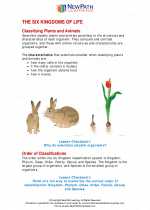 The 6-Kingdoms of life
The 6-Kingdoms of life  Activity Lesson
Activity Lesson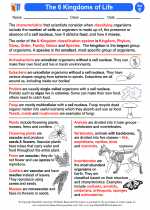 Kingdoms
Kingdoms  Worksheet/Answer key
Worksheet/Answer key The 6-Kingdoms of life
The 6-Kingdoms of life  Worksheet/Answer key
Worksheet/Answer key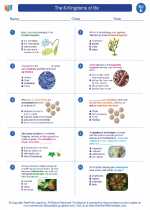 The 6-Kingdoms of life
The 6-Kingdoms of life  Worksheet/Answer key
Worksheet/Answer key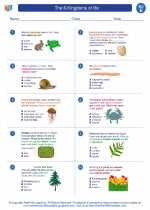 The 6-Kingdoms of life
The 6-Kingdoms of life  Worksheet/Answer key
Worksheet/Answer key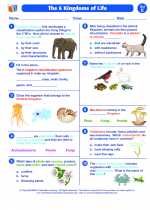 The 6-Kingdoms of life
The 6-Kingdoms of life  Vocabulary/Answer key
Vocabulary/Answer key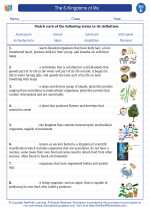 The 6-Kingdoms of life
The 6-Kingdoms of life  Vocabulary/Answer key
Vocabulary/Answer key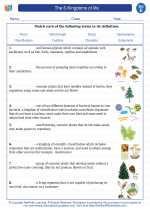 The 6-Kingdoms of life
The 6-Kingdoms of life  Vocabulary/Answer key
Vocabulary/Answer key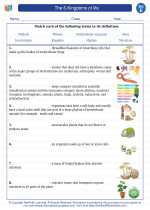 The 6-Kingdoms of life
The 6-Kingdoms of life  Vocabulary/Answer key
Vocabulary/Answer key The 6-Kingdoms of life
The 6-Kingdoms of life 

 Activity Lesson
Activity Lesson
 Worksheet/Answer key
Worksheet/Answer key
 Worksheet/Answer key
Worksheet/Answer key
 Worksheet/Answer key
Worksheet/Answer key
 Worksheet/Answer key
Worksheet/Answer key
 Vocabulary/Answer key
Vocabulary/Answer key
 Vocabulary/Answer key
Vocabulary/Answer key
 Vocabulary/Answer key
Vocabulary/Answer key
 Vocabulary/Answer key
Vocabulary/Answer key

The resources above cover the following skills:
Concepts of Life Science (SC1, SC2, SC3)
The student demonstrates an understanding of the structure, function, behavior, development, life cycles, and diversity of living organisms by identifying and sorting animals into groups using basic external and internal features.